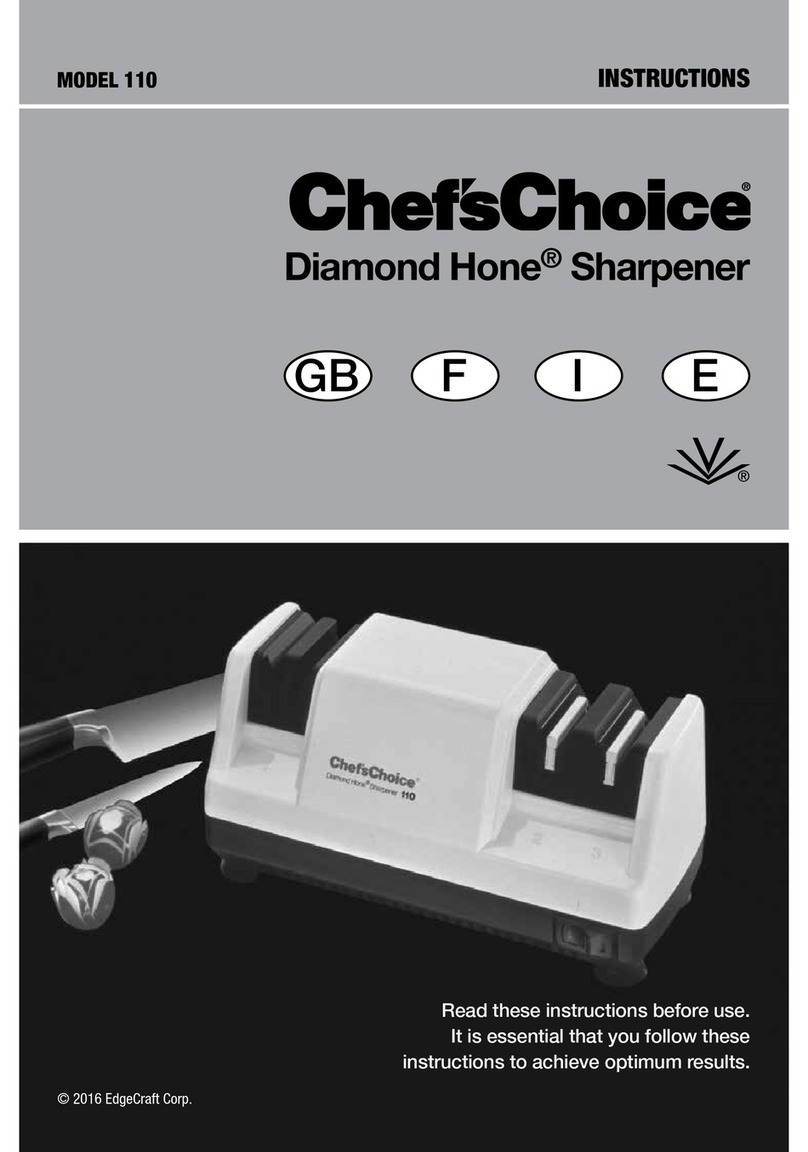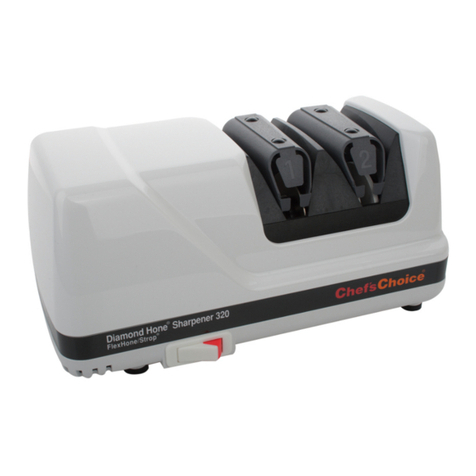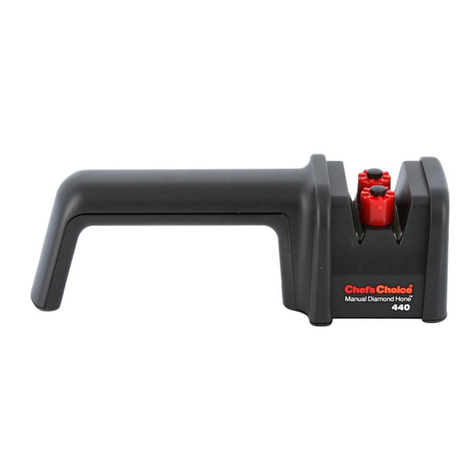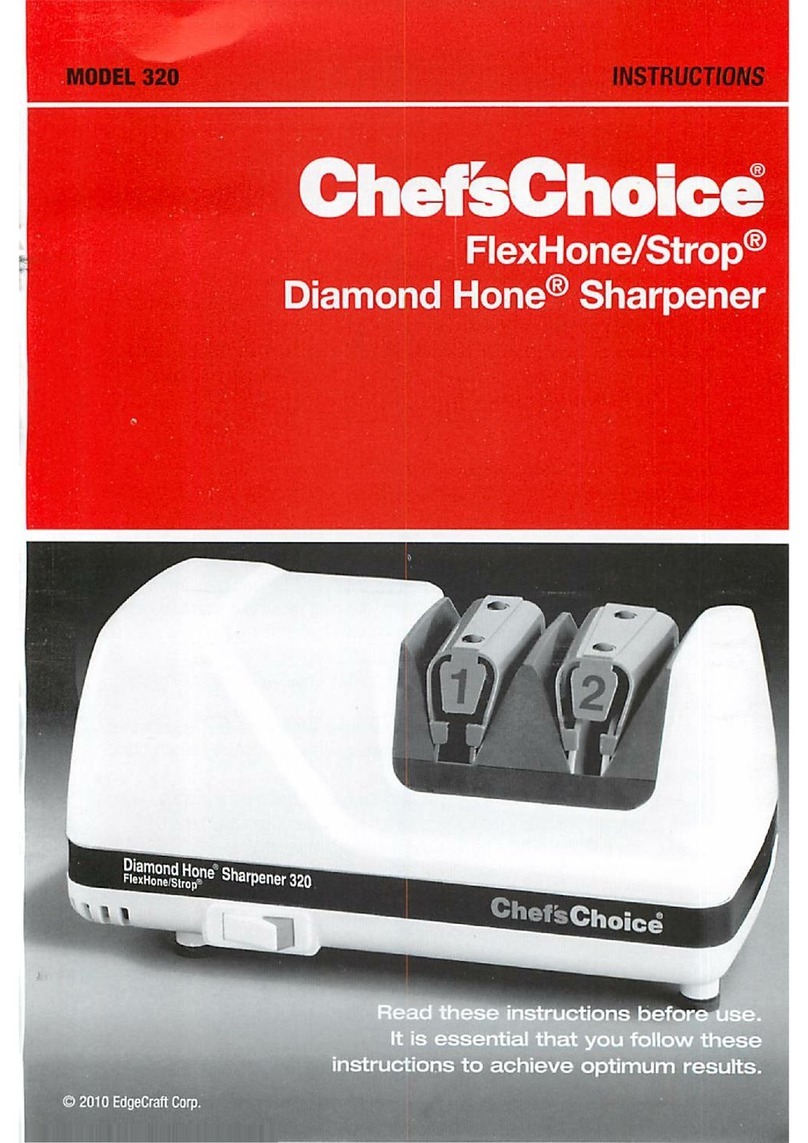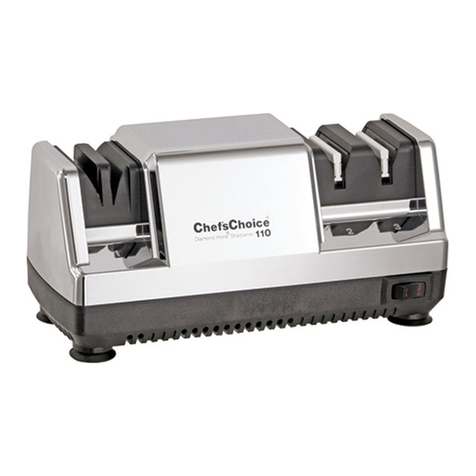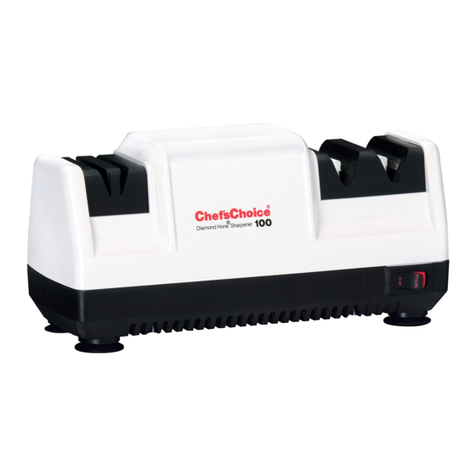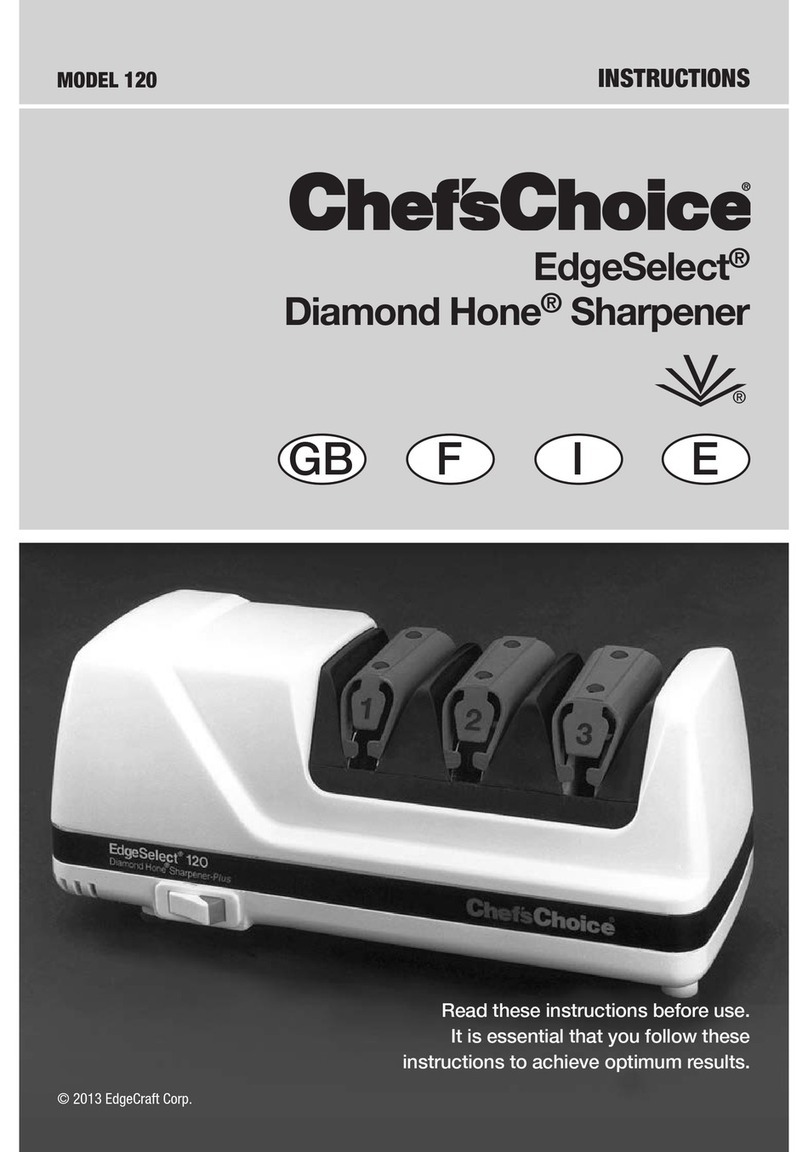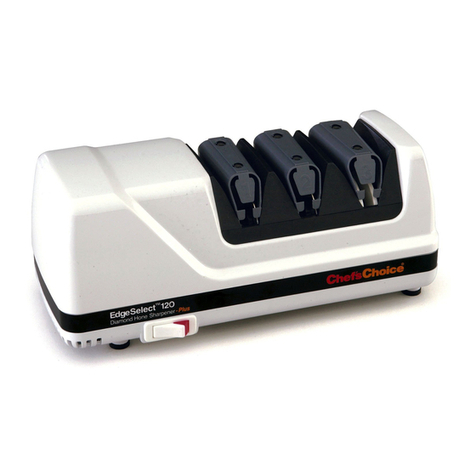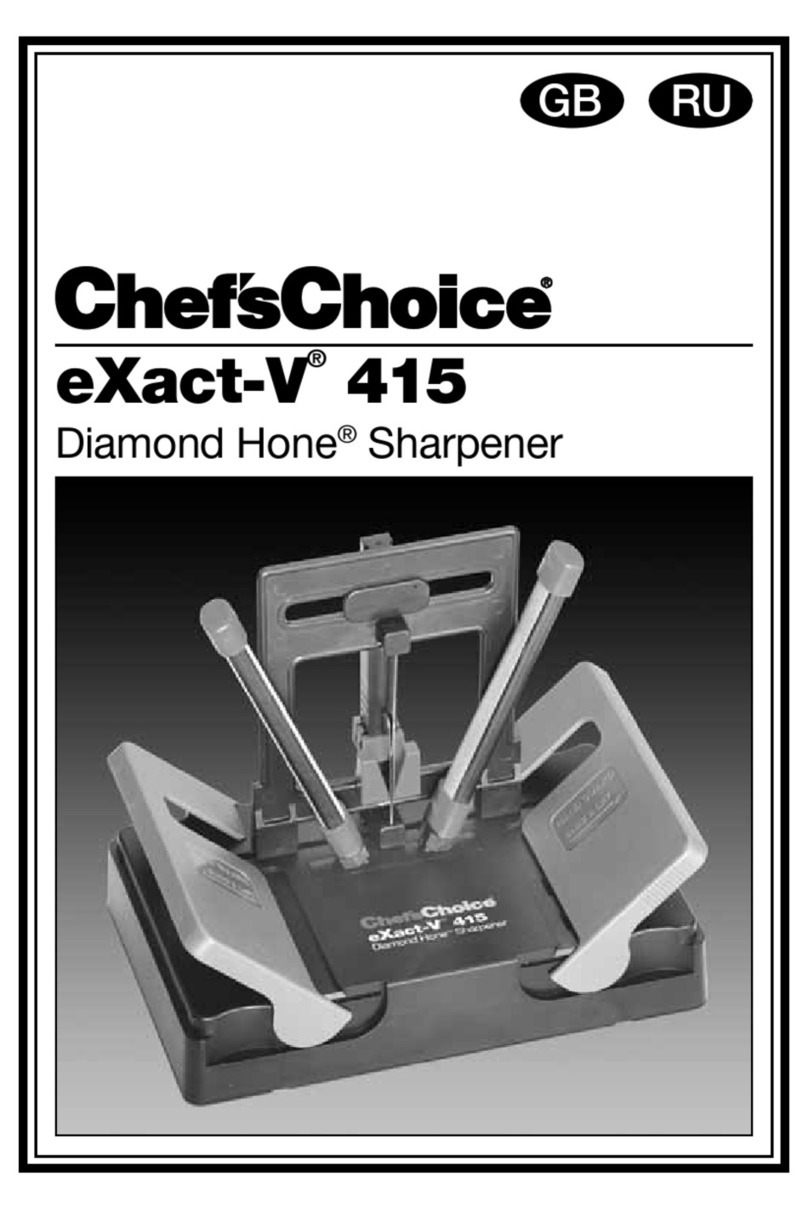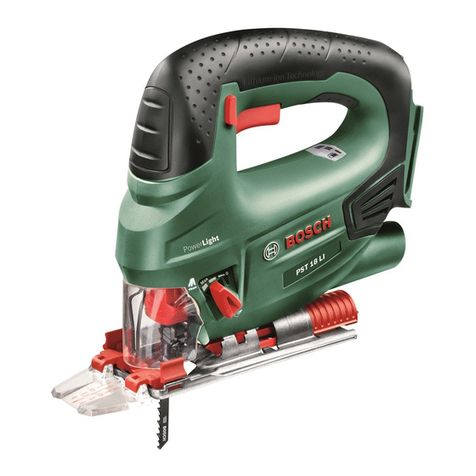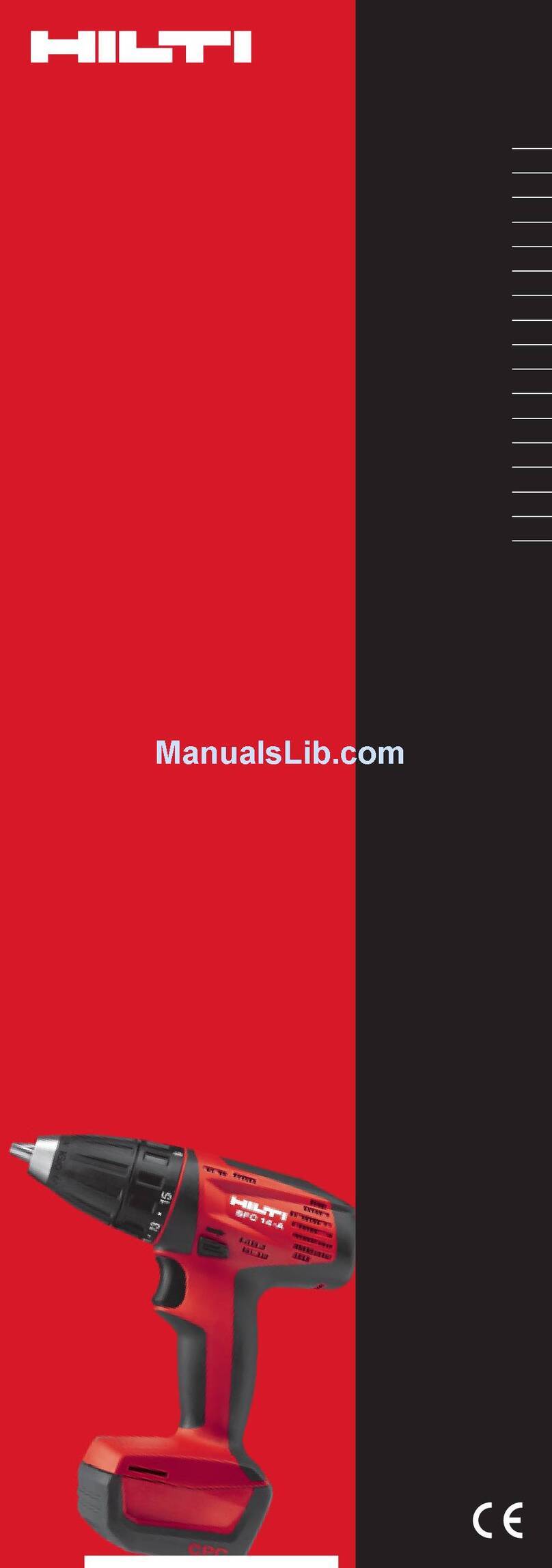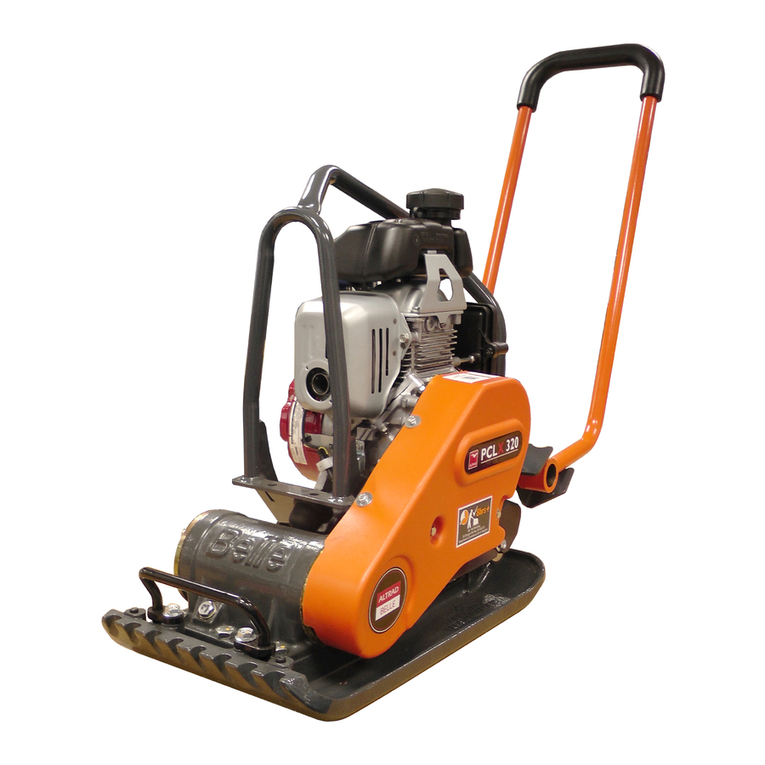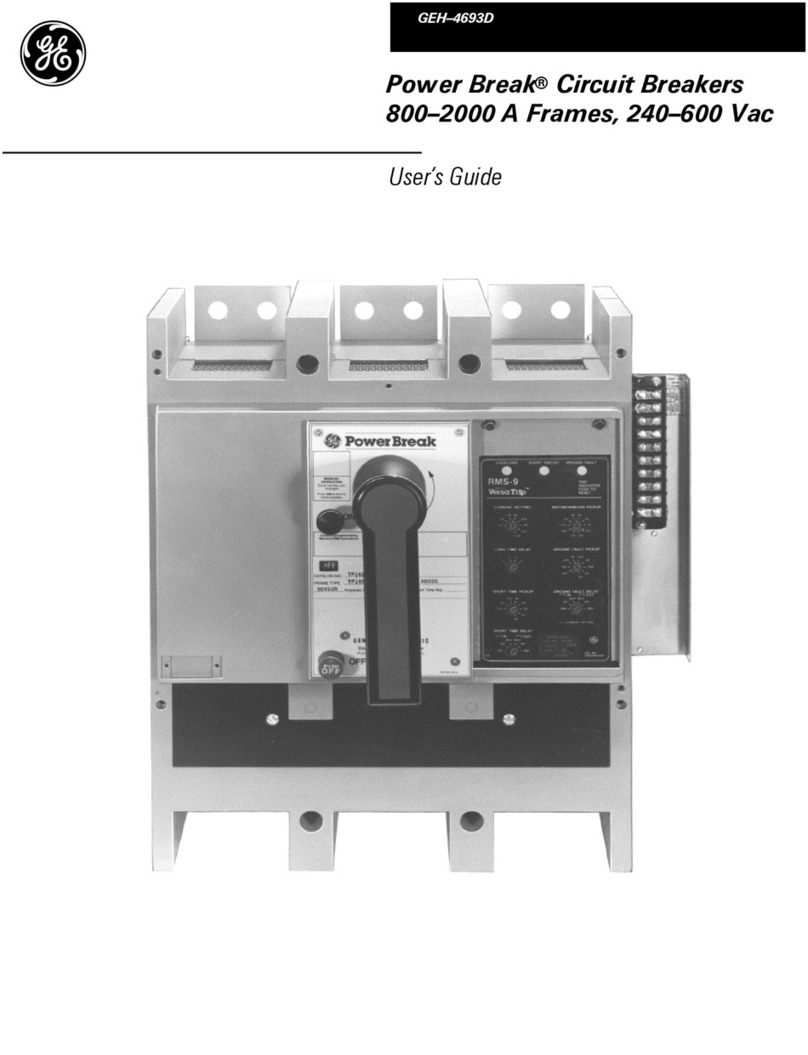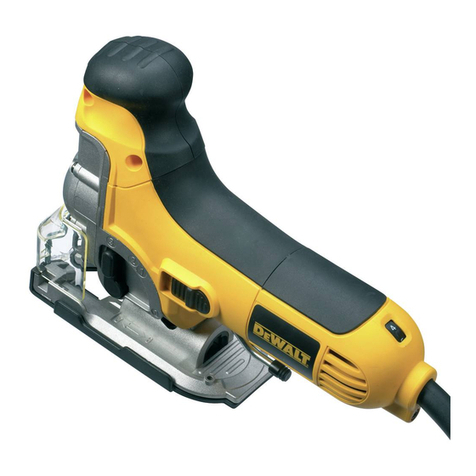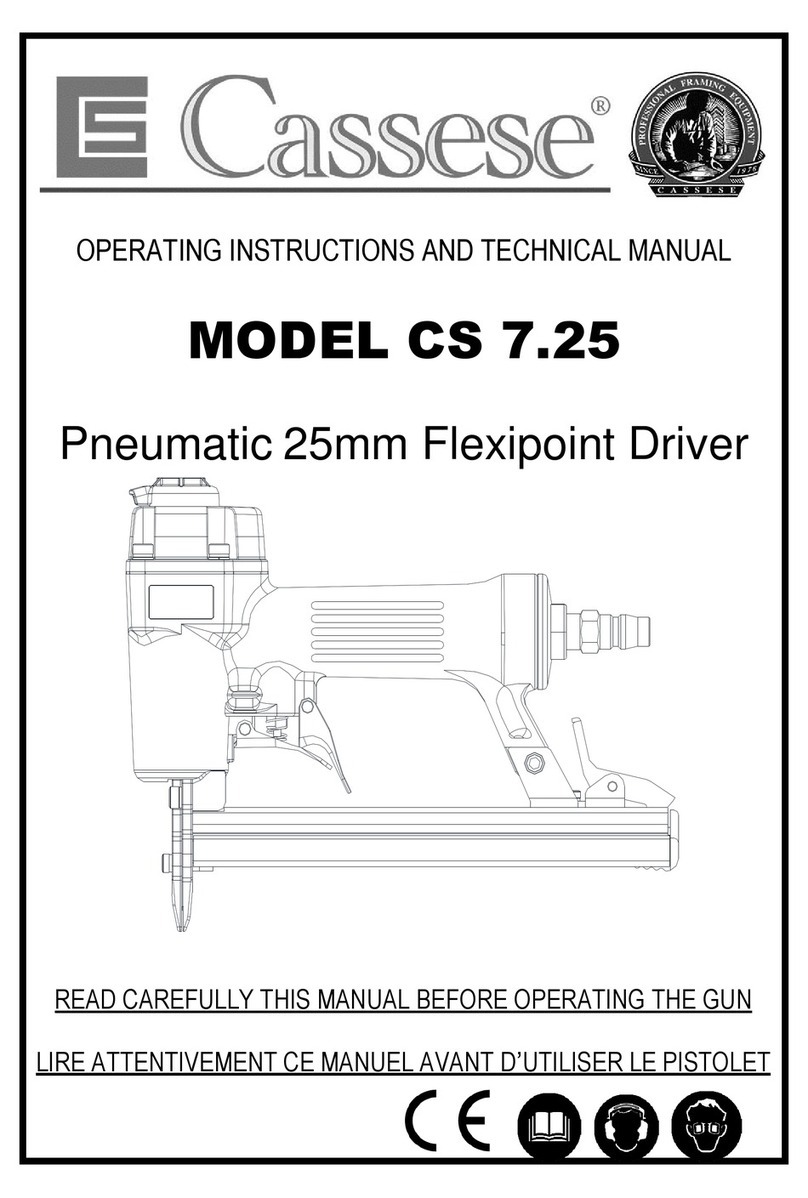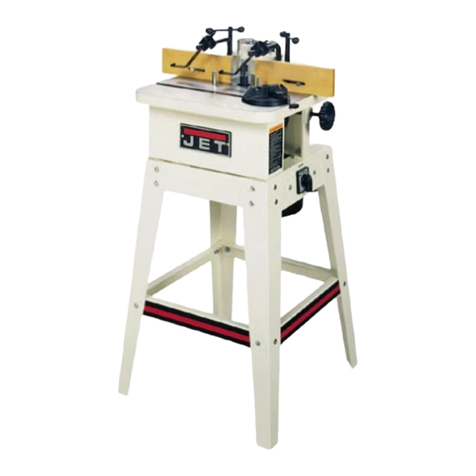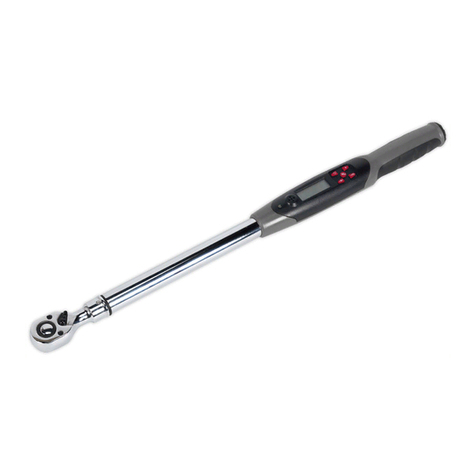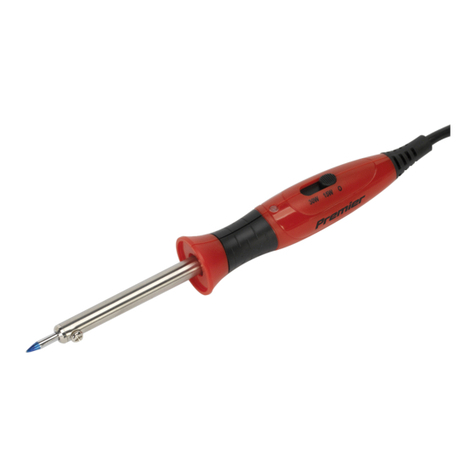3
2. CONTEMPORARY ASIAN STYLE KNIVES — 15 DEGREE EDGES
The more popular contemporary Asian blades; the
thin, light weight Santoku and Nakiri for example are
generally double faceted, sharpened at 15 degrees
on both faces of the blade, as shown in Figure 2.
Occasionally Santoku knives are sold with single
facets (Figure 3) but these are not readily available
in the United States.
There are other but somewhat heavier double-
faceted Asian knives, the Deba and Gyutou, popular
in Asia, which are used for chopping hard vegetables,
for tailing and filleting fish and for meats. These are
basically Asian chefs knives designed for heavier
duty work but sharpened at 15 degrees. The Chinese
cleaver is included in this class.
3. TRADITIONAL JAPANESE STYLE KNIVES — 15 DEGREE EDGES
The traditional Japanese knife is single beveled and
has a large factory made bevel A along one face of
the blade above a small edge facet. These are sold as
either right handed or left handed versions as shown
in Figure 3. The large wide factory bevel A is ground,
commonly at about 10 degrees. The most popular
example of this type blade is the sashimi knife also
known as Yanagi and Takohiki, designed as shown to
the right. This lengthy, slicing blade is ideal for prepar-
ing very thin slices of raw tuna or salmon. The back
side of this blade is commonly slightly hollow ground.
A small single cutting edge facet of about 15º is creat-
ed along the front face of the edge of the sashimi blade
as shown in Figures 3 and 4 in order to establish the
geometry of the cutting edge. An even smaller cut-
ting micro-facet (barely visible to the unaided eye) is
customarily created on the back face of the blade to
enhance the sharpness of the finished edge. Figure
4 shows a greatly enlarged cross-section view of a
typical factory edge on the traditional single-bevel
Japanese knife. The large factory bevel A serves
to deflect the food slice away from the blade as it
is cut. When sharpening the traditional Japanese
blades, always follow the instructions carefully. Also
remember these knives will be extremely sharp.
SHARPENING FIRST TIME WITH 15° JAPANESE/ASIAN MODULE
With this 15° module inserted on the Model 2100 and before you turn on the power, you might
want to become familiar with this sharpener. Slip a 15° edge knife smoothly into the slot
between the left angle guide of Stage 1 and the knife guide spring (see Figure 5). Do not twist
the knife. Move the blade down in the slot until you feel it contact the diamond disk. Pull it
toward you, lifting the blade handle slightly as you approach the tip. This will give you a feel for
the spring tension that guides the knife.
Figure 2. Double faceted contemporary Asian blades.
Figure 3. Single beveled traditional Asian blades.
Figure 4. Cross-section of a typical factory traditional
Asian knife edge, magnified 50x (right-handed). Both
the front edge facets and microfacet are restored in the
sharpening stage.












